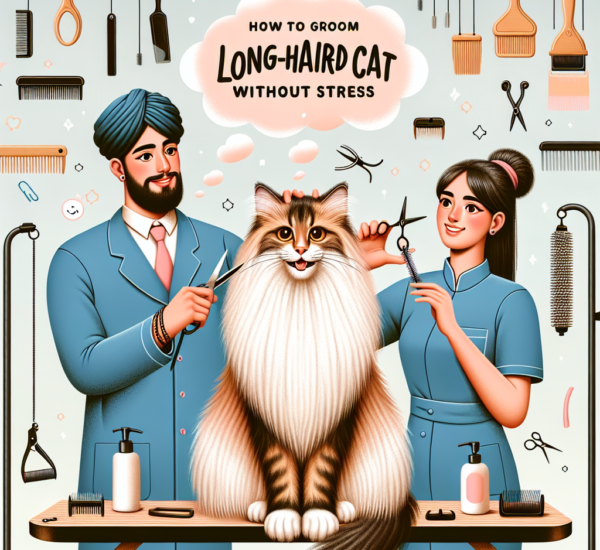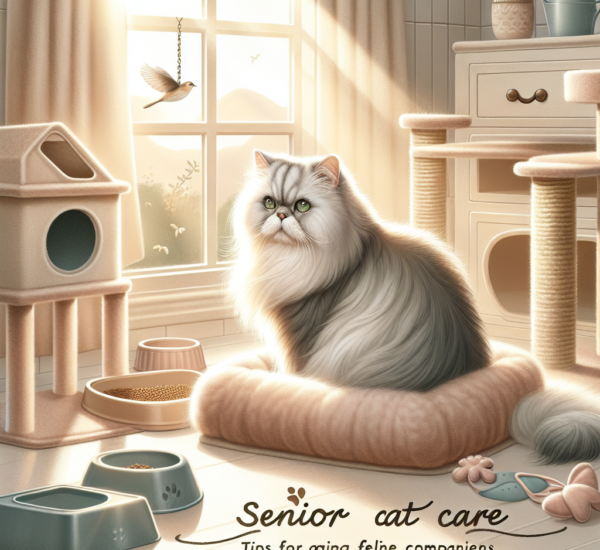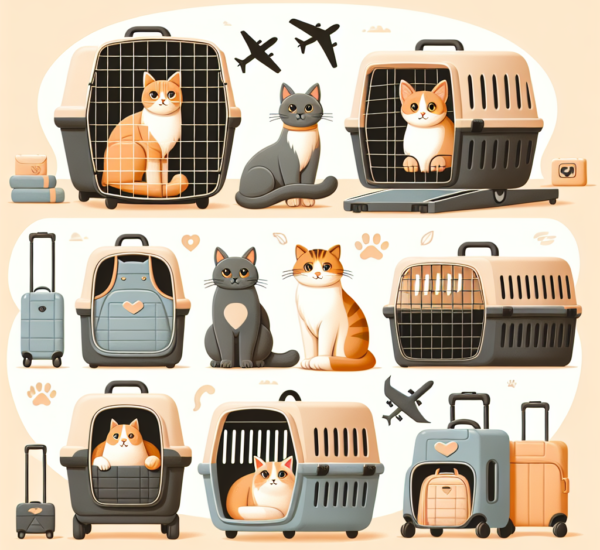Indoor cats can sometimes get bored, leading to problems like anxiety or destructive behavior. Fortunately, you can keep your feline friend happy and entertained with the right strategies. Read on to discover creative ideas and practical advice that will make your indoor cat’s life as enriched and fulfilling as possible.
Table of Contents
- Interactive Toys
- Scratching Posts
- Scheduled Playtime
- Window Perches
- Basic Training and Tricks
- Mental Stimulation Games
- Managing Multi-Cat Households
- FAQ
- Additional Resources
Interactive Toys
One of the easiest ways to keep your indoor cat entertained is through interactive toys. Toys that mimic prey, like feather wands or laser pointers, cater to your cat’s natural hunting instincts. Engaging with these toys not only provides physical exercise but also mental stimulation.
Scratching Posts
Scratching is a natural behavior for cats. To satisfy this need and protect your furniture, invest in sturdy scratching posts. These come in various shapes and heights, offering your cat a place to stretch, mark territory, and sharpen claws.
Scheduled Playtime
Cats thrive on routine, so it’s beneficial to set aside specific times for playtime each day. Consistent interaction strengthens your bond with your pet and provides important social interaction. Try to incorporate diverse play activities to keep things fresh.
Play Activities to Try
- Feather chasing
- Chasing balls or toy mice
- Interactive puzzle toys
Window Perches
Cats love to watch the world outside. Installing window perches gives your indoor feline a front-row seat to enjoy watching birds, people, and the scenery. Make sure these perches are secure and provide a soft place to lie down.
Basic Training and Tricks
Teaching your cat basic tricks or commands can be a fun challenge. Use positive reinforcement techniques, like treats and praise, to encourage learning. Simple tricks such as ‘sit’, ‘high five’, or navigating a small agility course can keep your cat engaged.
Mental Stimulation Games
Providing mental stimulation games is crucial for a cat’s cognitive health. Consider puzzle feeders or hiding treats around your home to stimulate your cat’s problem-solving skills. These activities mimic the natural foraging behaviors of their wild ancestors.
Managing Multi-Cat Households
If you have more than one cat, ensure each one gets individual attention and has personal space to retreat to. This prevents competition for resources and reduces tension. Utilize vertical spaces, like cat trees, to expand territory in small areas.
FAQ
How often should I play with my indoor cat?
Ideally, you should engage your cat in some form of play or enrichment activity for at least 30 minutes a day, spread out over multiple sessions.
What if my cat doesn’t like toys?
Explore a variety of toys and activities. Some cats prefer interactive games, while others might enjoy watching or chasing objects. Also, experiment with different textures and sounds.
Additional Resources
For more information on keeping your indoor cat healthy and happy, check out our article on keeping indoor cats healthy and explore resources from the ASPCA.
Conclusion
Keeping your indoor cat entertained is essential for their happiness and health. By incorporating a variety of interactive activities, ensuring environmental enrichment with perches and scratching posts, and dedicating personal time for play and training, you can provide a lively and fulfilling indoor life for your feline companion.
If you found these tips helpful, don’t forget to share this article with fellow cat parents and subscribe to our blog for more expert advice!
[ad_2]



